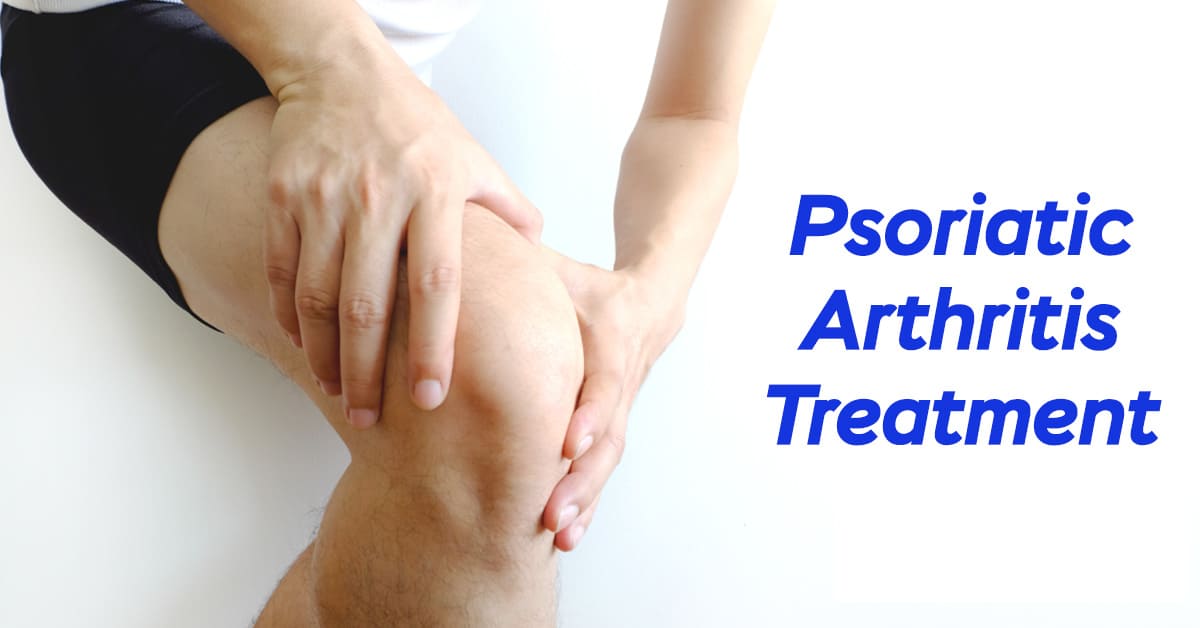Understanding Psoriatic Arthritis: Symptoms and Treatment Guide
Psoriatic arthritis is a chronic condition affecting both the skin and joints. This guide discusses its symptoms and available treatments to help manage the disease effectively.

What is Psoriatic Arthritis?
Psoriatic arthritis (PsA) is a type of arthritis associated with psoriasis, a skin condition characterized by red, scaly patches. PsA can cause joint pain, stiffness, and swelling, potentially leading to irreversible joint damage if not treated early.
Symptoms of Psoriatic Arthritis
Understanding the symptoms of psoriatic arthritis is crucial for early detection and management. Here are the key symptoms:
Joint Pain and Stiffness
Joint pain and stiffness, particularly in the morning or after periods of inactivity, are common signs. The pain can affect any joint but is often found in the fingers, toes, and spine.
Swelling of Fingers and Toes
Swelling in the fingers and toes, known as dactylitis or "sausage digits," can be a noticeable and painful symptom of psoriatic arthritis.
Nail Changes
PsA can cause noticeable changes in the nails, including pitting, discoloration, and separation from the nail bed.
Skin Symptoms
Patients often have psoriasis as well, which appears as red, scaly patches on the skin. These patches may be itchy and uncomfortable.
Fatigue
Chronic fatigue is another symptom that can significantly impact the quality of life for those with PsA.
Reduced Range of Motion
Persistent joint inflammation can lead to a reduced range of motion, making it difficult to perform daily tasks.
Diagnosis
Diagnosing psoriatic arthritis involves a combination of medical history, physical examination, and imaging tests. Blood tests may also be conducted to rule out other forms of arthritis, such as rheumatoid arthritis.
Treatment for Psoriatic Arthritis
Although there is no cure for psoriatic arthritis, various treatment options can help manage the symptoms and slow the progression of the disease. Here are the main treatments:
Medications
Nonsteroidal Anti-Inflammatory Drugs (NSAIDs)
- These medications help relieve pain and reduce inflammation.
- Common examples include ibuprofen and naproxen.
Disease-Modifying Antirheumatic Drugs (DMARDs)
- DMARDs, such as methotrexate, are used to slow the progression of psoriatic arthritis.
- They help prevent joint and tissue damage.
Biologics
- Biologic drugs target specific parts of the immune system.
- They are often recommended for patients with moderate to severe PsA.
- Examples include adalimumab and etanercept.
Corticosteroids
- These drugs can be taken orally or injected directly into the affected joints to reduce inflammation and pain.
- They are usually used for short-term relief.
Physical Therapy and Exercise
Regular physical therapy and exercise can help improve joint flexibility, maintain muscle strength, and reduce stiffness.
Strength Training
- Building muscle around affected joints can provide better support and reduce pain.
Stretching
- Regular stretching exercises can enhance flexibility and range of motion.
Aerobic Exercise
- Low-impact activities like walking, swimming, and cycling can boost overall health and reduce fatigue.
Occupational Therapy
- Occupational therapists can recommend tools and strategies to make daily tasks easier and less painful.
Lifestyle Changes
Diet and Nutrition
- Maintaining a balanced diet rich in anti-inflammatory foods can help manage symptoms.
- Foods rich in omega-3 fatty acids, such as fish and flaxseed, may reduce inflammation.
- Reducing sugar and processed food intake can also be beneficial.
Stress Management
- Stress can exacerbate symptoms, so managing it is crucial.
- Techniques such as yoga, meditation, and deep breathing exercises can help.
Skincare Routine
- Keeping the skin moisturized can alleviate psoriasis symptoms.
When to See a Doctor
Early diagnosis and treatment are vital for managing psoriatic arthritis effectively. If you experience persistent joint pain, swelling, or skin changes, it's essential to consult a healthcare professional for accurate diagnosis and treatment.
Support and Resources
Support from healthcare providers, family, and support groups can provide emotional comfort and practical tips for managing psoriatic arthritis. Organizations such as the National Psoriasis Foundation offer valuable resources and community support.
In conclusion, while psoriatic arthritis is a chronic condition with no cure, understanding its symptoms and seeking timely treatment can significantly improve your quality of life. Reach out to healthcare providers for a personalized treatment plan and support network.










